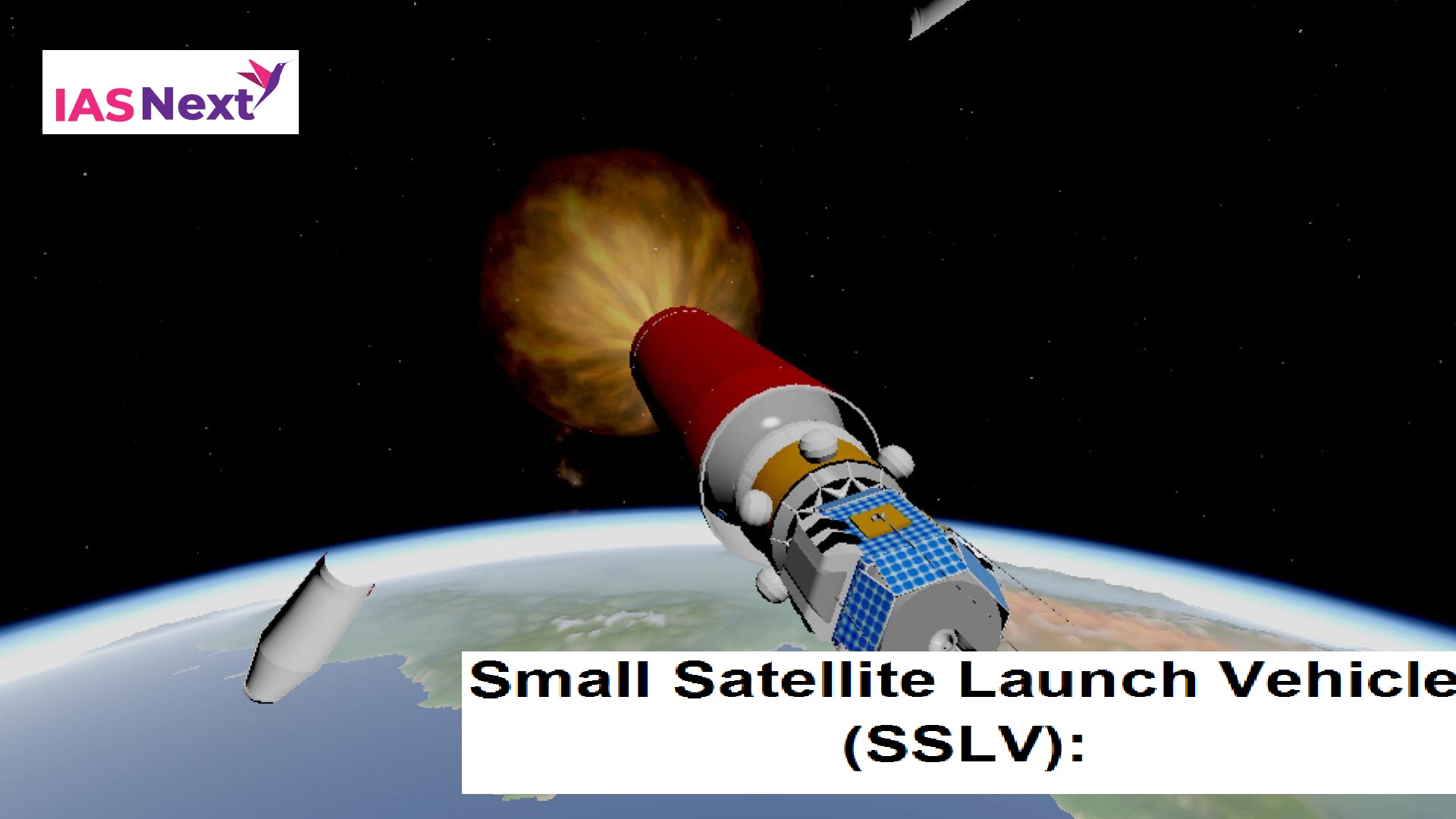CURRENT AFFAIRS
Get the most updated and recent current affair content on Padhaikaro.com
Small Satellite Launch Vehicle (SSLV)
- IAS NEXT, Lucknow
- 16, Mar 2022

Reference News:-
The Indian Space Research Organisation (ISRO) is all geared up for the maiden flight of its mini rocket launcher – Small Satellite Launch Vehicle (SSLV) – in May.
About the Small Satellite Launch Vehicle (SSLV):
- The indigenously developed mini-rocket-launcher is specially designed to carry smaller commercial satellites into the low-earth orbit (LEO) from 200-2,000 km above the Earth’s surface.
- It has a payload capacity of upto 500 kg.
- Designed to bolster the agency’s partnership with the private sector for the launch of commercial satellites.
- The SSLV is the smallest vehicle at 110-ton mass at ISRO.
- It will take only 72 hours to integrate. Only six people will be required to do the job.
- The cost will be only around Rs 30 crore.
- It is best suited for launching multiple microsatellites at a time and supports multiple orbital drop-offs.
Need for?
Launch of small satellites into low earth orbits has become significant in recent years on account of the need for developing countries, private corporations, and universities for small satellites.
- About 15 to 20 SSLVs would be required every year to meet the national demand alone.
What is PSLV?
The launch of small satellites has until now been dependent on ‘piggy-back’ rides with big satellite launches on ISRO’s work-horse – the Polar Satellite Launch Vehicle which has had over 50 successful launches so far.
- PSLV can launch satellites weighing in the range of 1000 kg. But, it takes 70 days to integrate this launch vehicle.
- It is the third generation launch vehicle of India. It is the first Indian launch vehicle to be equipped with liquid stages.
Difference between PSLV and GSLV:
- India has two operational launchers- Polar Satellite Launch Vehicle (PSLV) and Geosynchronous Satellite Launch Vehicle (GSLV).
- PSLV was developed to launch low-Earth Orbit satellites into polar and sun synchronous orbits. It has since proved its versatility by launching geosynchronous, lunar and interplanetary spacecraft successfully.
- On the other hand, GSLV was developed to launch the heavier INSAT class of geosynchronous satellites into orbit. In its third and final stage, GSLV uses the indigenously developed cryogenic upper stage.
Different orbits:
- Geostationary orbit (GEO)
- Low Earth orbit (LEO)
- Medium Earth orbit (MEO)
- Polar orbit and Sun-synchronous orbit (SSO)
- Transfer orbits and geostationary transfer orbit (GTO)
- Lagrange points (L-points)